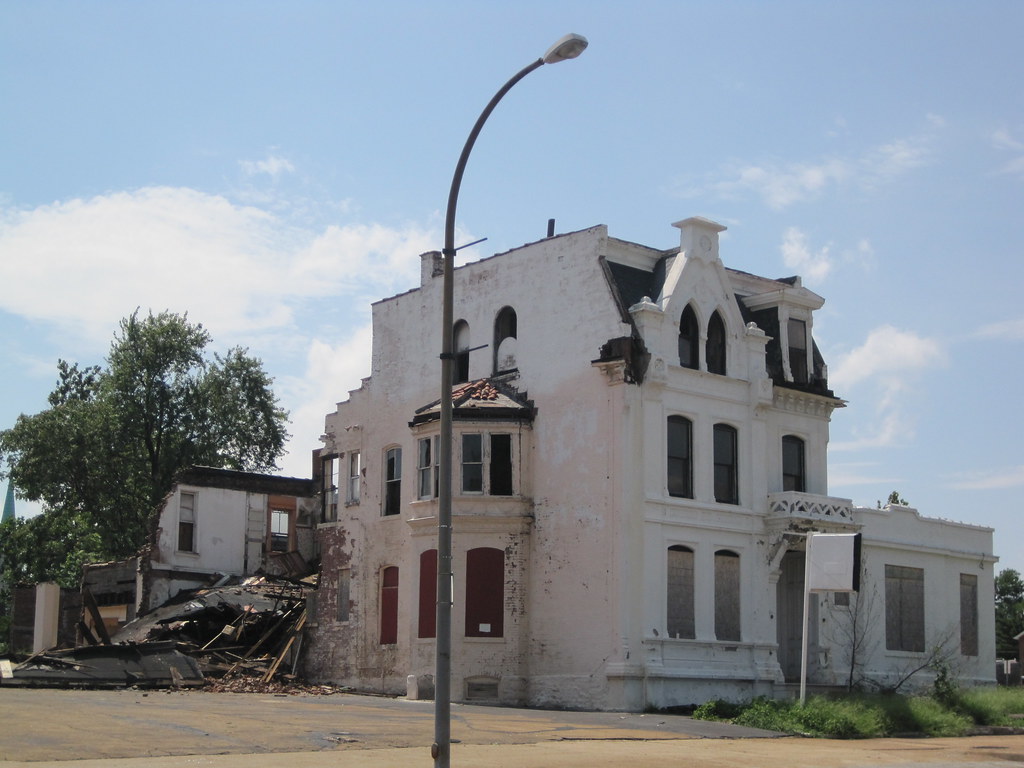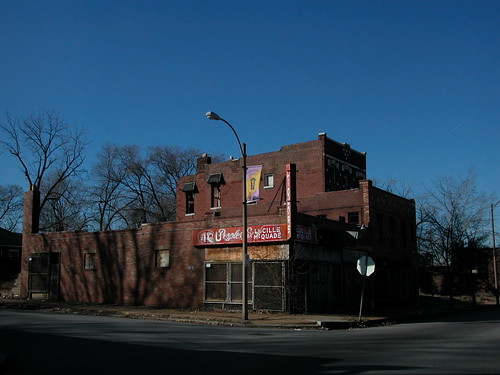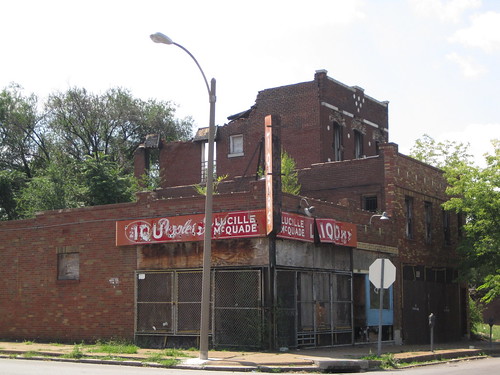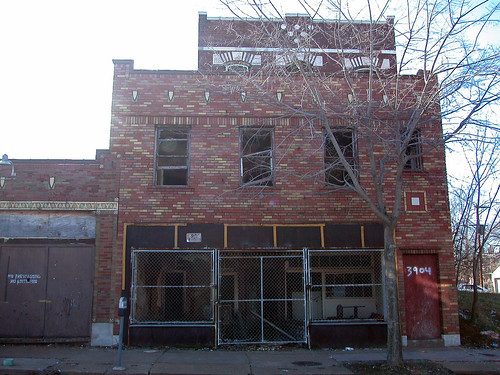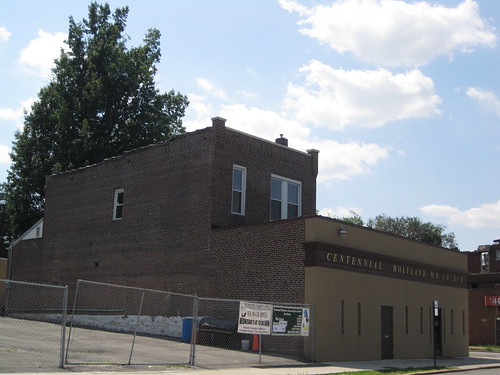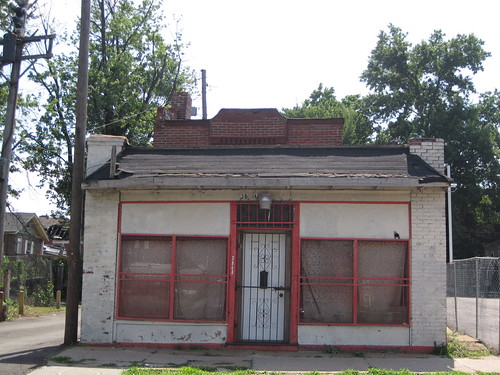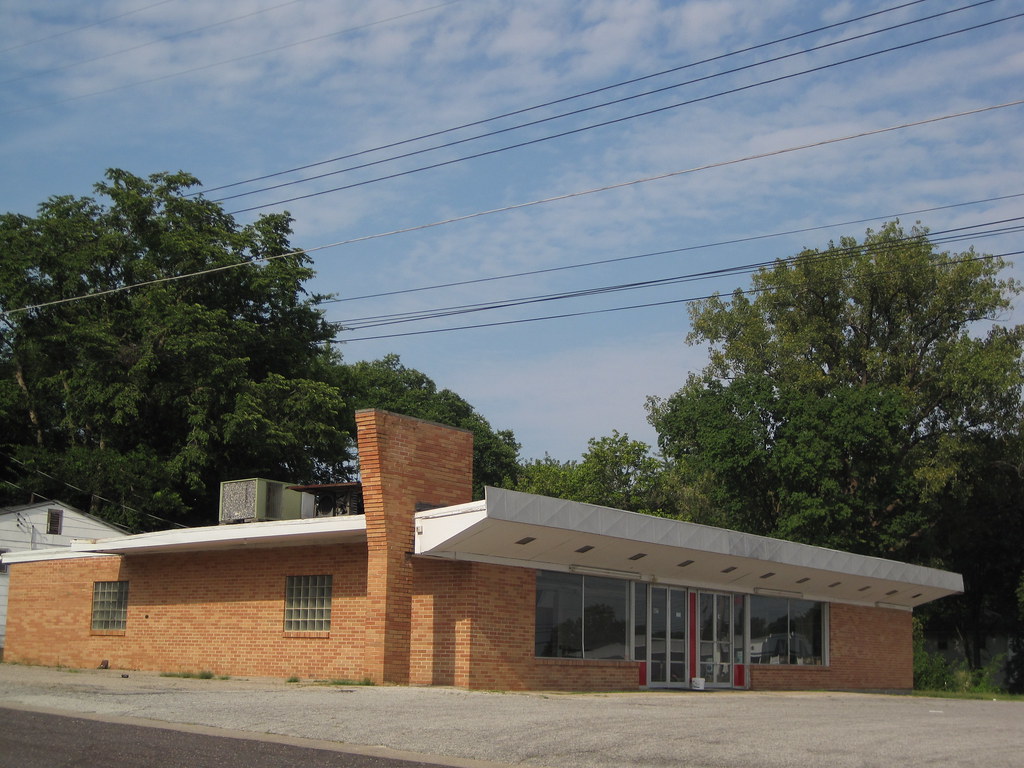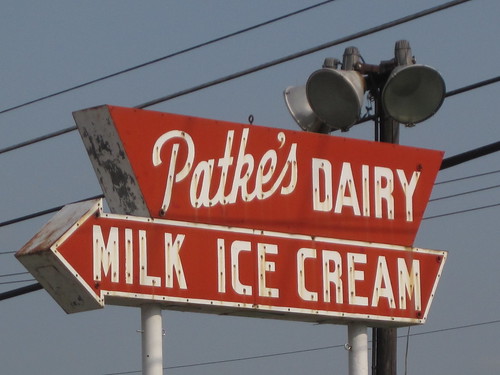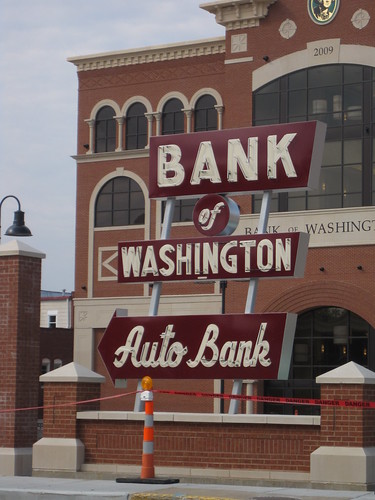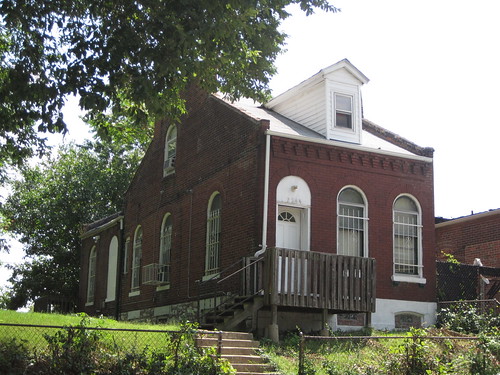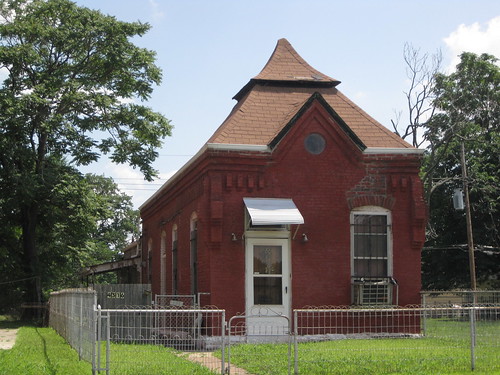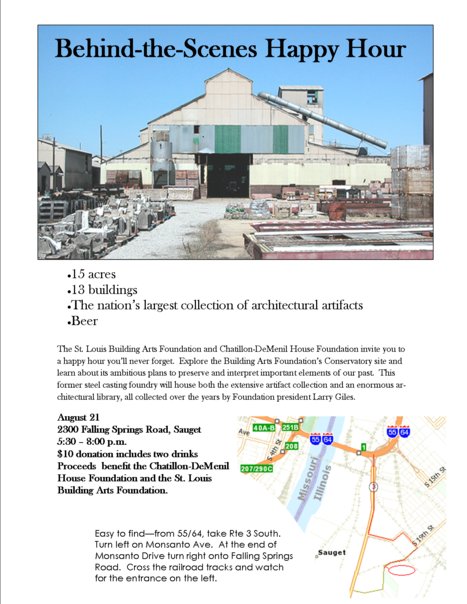by Michael R. Allen
The news of the failure of Corn Belt Bank and Trust is hitting St. Louis a little late — the bank failed in February. Now the failure is newsworthy because of the fact that the Pittsfield, Illinois-based bank loaned $14.8 million to holding companies controlled by McEagle Properties and its Chairman, Paul J. McKee, Jr.
McEagle was not Corn Belt’s only St. Louis customer. Corn Belt had a branch office in Clayton and made numerous real estate loans in the St. Louis market. To date, only one of those loans has been resolved through a deed of release filed by the Federal Deposit Insurance Corporation.
The problem with Corn Belt was that it was undercapitalized. Illinois regulators first issued a cease and desist order in December 2008 ordering the bank to resolve many problems with its management including “engaging in hazardous lending and lax collection practices.”
According to McKee, the loans with Corn Belt had the interest rolled into the loan so that there were no monthly payments. While such an arrangement was desirable to McKee (and, frankly, any other customer!), such loans sound exactly like “hazardous lending.”
Corn Belt is one of two banks that have made loans to the NorthSide project. The other bank is the Bank of Washington in Washington, Missouri. In January, the Bank of Washington extended a line of development credit to McEagle with a maximum amount of $27.6 million. Securing this loan are the holdings of six McEagle north side holding companies (Larmer, Union Martin, Babcock Resources, Dodier Investors, MLK 3000 and Sheridan Place).
Perhaps related to the loan to the NorthSide project is the loan of $20 million in Capital Purchase Program funds to the Bank of Washington in May. These funds were created as part of the Obama administration’s stimulus funding initiative.
L.B. Eckelcamp, bank chairman and prominent Republican political donor, told The Missourian in May that “[the funding] will allow us to remain extremely well capitalized and still increase our ability to take deposits and make loans by more than $100,000,000.”

